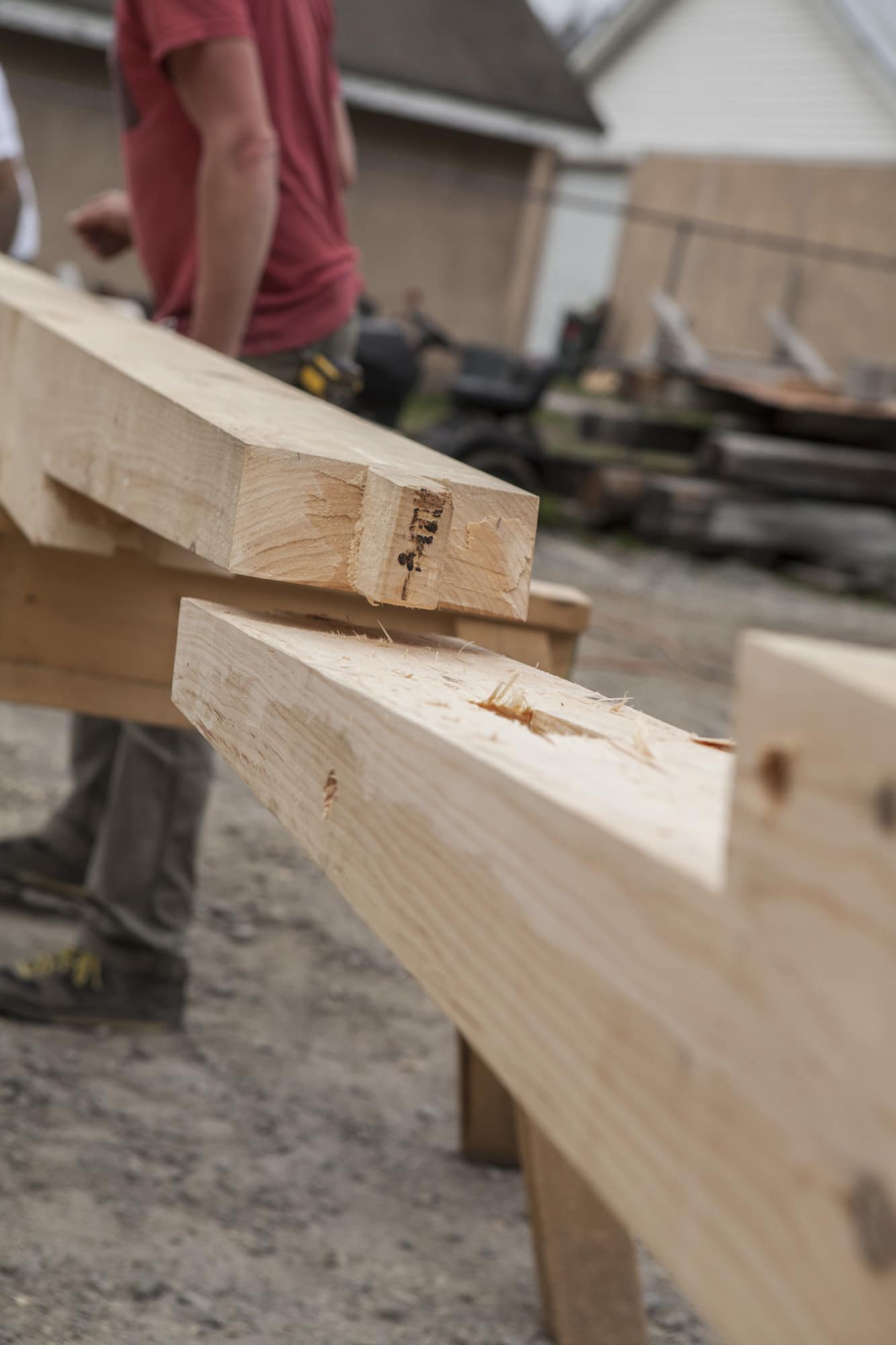
Using the Scarf Joint to Gain Length in Your Timber Frame
Technically a butt joint, a miter joint is an angled cut between two pieces of wood. The most common example is window and door trim, with 45-degree cuts on the ends of each board, creating a 90-degree angle when assembled. While this does provide more gluing area than a butt joint, it gets much stronger when assembled with biscuits or floating.

387 best images about Beams & Joints on Pinterest Woodworking joints, Post and beam and Pavilion
Miter joint. The miter joint is a corner joint made by cutting the ends of the wood pieces at a 45 degree angle. Reinforcement can be accomplished with glue, nails, splines or pocket holes. Pros: Creates a clean, seamless corner joint without visible end grain. Perfect for use as a frame or in a decorative setting.

Spectacular Diy Support Beam 30 X 24 Butcher Block Countertop
To make a mitered butt joint, cut the edge of the wood at a 45 degree angle. To fasten the two pieces together, add glue and clamp until the glue dries. 4. Tongue-and Groove Joint. A tongue and groove wood joint is often used instead of edge to edge butt joints and it easily allows for one piece of wood to slide into another.

Cedar Lumber * Cedar Beams Timbers 6x 8x 10x 12x * Prices and Pictures
Pryda Nail-On Connector Plate 75 x 125mm Box 60. (0) $68 .47. Compare. Special Order. Pryda 900 x 32mm Cyclone Strap - Pack of 25. (0) $69 .98. Compare.
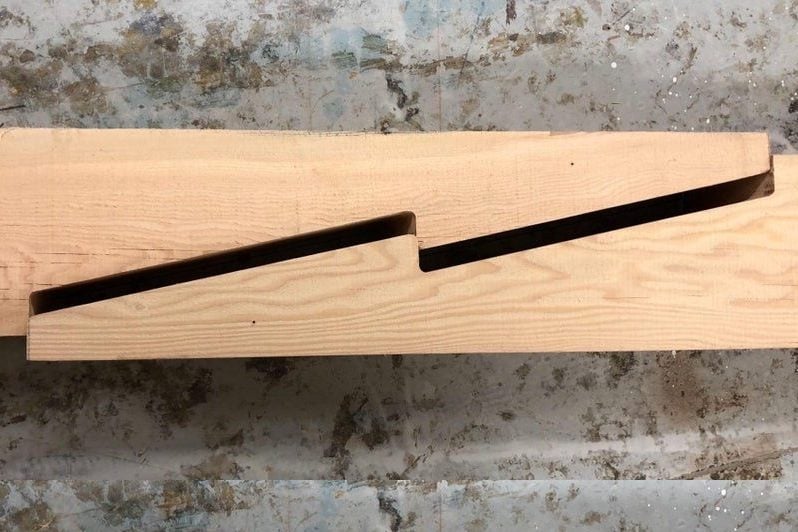
Types Of Wood Beam Joints The Best Picture Of Beam
Heavy Timber construction uses beams and stringers that are connected with bolts and gusset plates or traditional wood joinery with pegs and dovetails. The element that most defines a timber framer is the quality, integrity and strength of the joints that hold the beams together. A properly made joint will stay tight for generations.
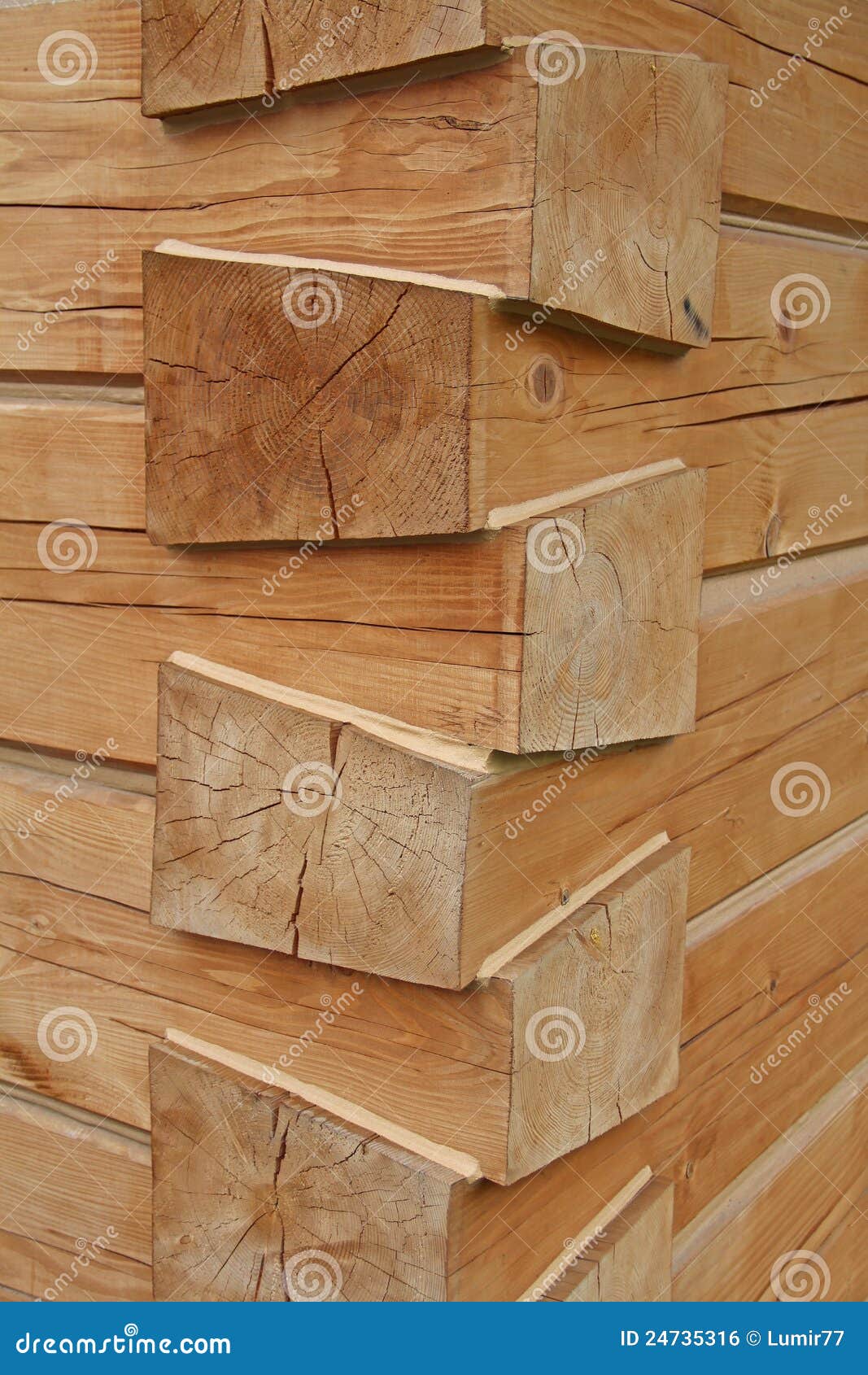
Joints Of Wooden Beams Royalty Free Stock Image Image 24735316
Cut a notch in the top of a post with a circular saw to keep the beams in the notch, drill two holes, and use mortise and tenon joints to join pieces of wood together. Mortise and tenon joints are useful for attaching boards both end to end and at right angles, and can be cut using a variety of methods. Mitered joints are a strong way to join.
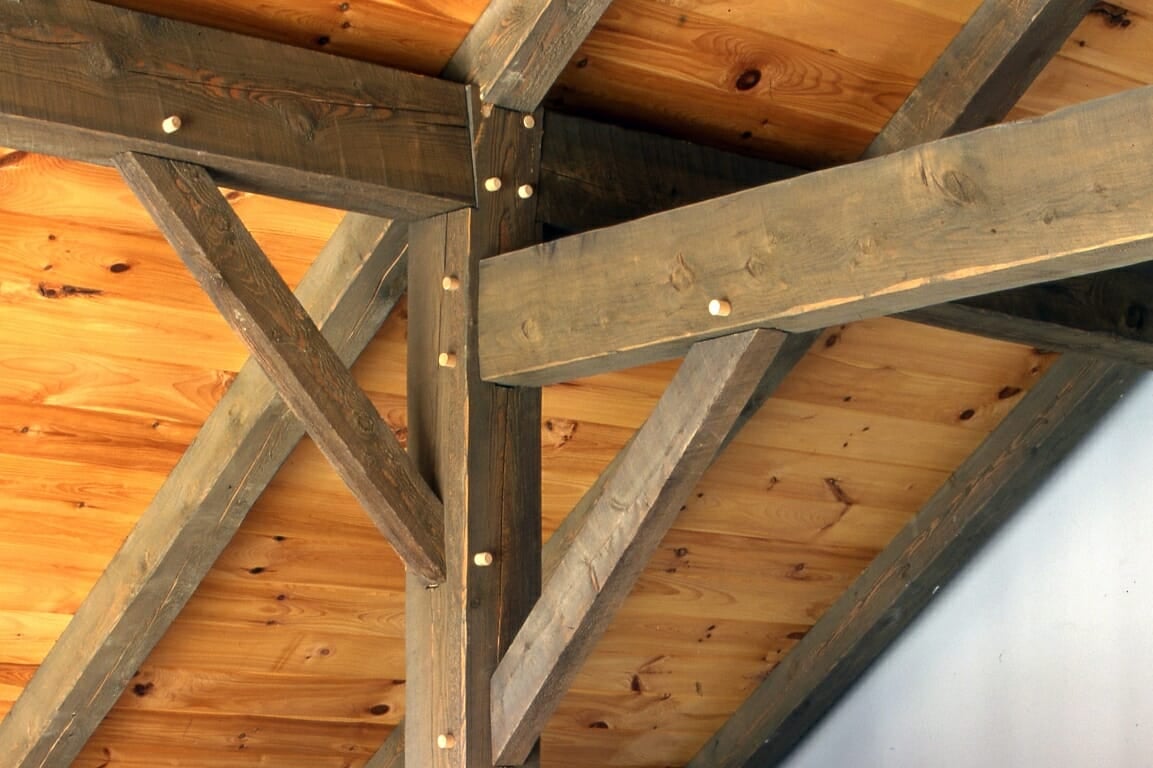
How To Join Wooden Beams Together New Images Beam
Your projects will turn out exactly the way you want them. Start a woodworking business and be engaged for a long time without running out of ideas
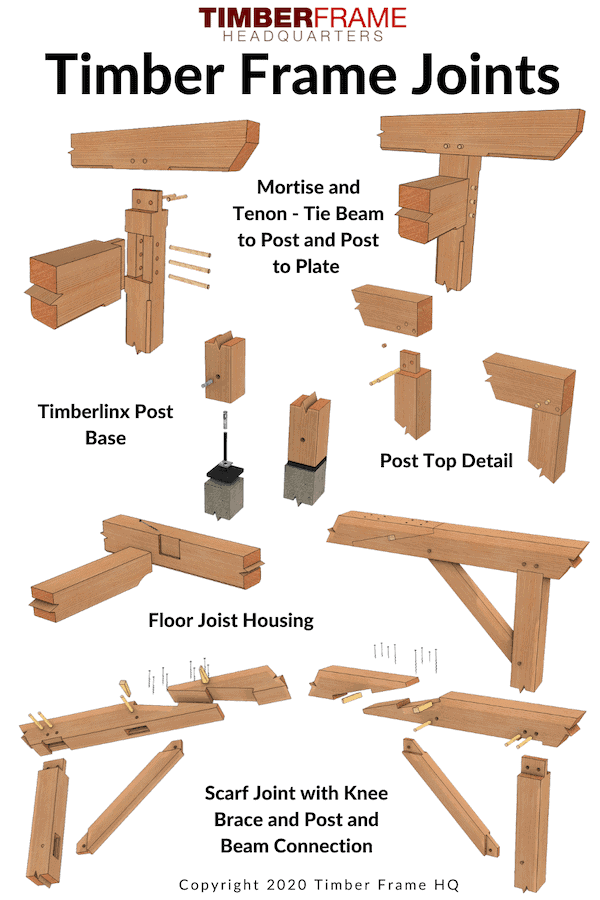
Timber Frame Joints and Joinery Timber Frame HQ
Butt Joint The end of a timber board is called the "butt." Woodworkers forming this joint are placing two ends together at a right angle to create a corner. Mechanical fasteners such as nails or screws are necessary to preserve this joinery. You see this technique used most often when building wall or attic framing.

Timber Framing Scarf Joint YouTube
These joints have adjoining pieces that connect at an angle, which help transfer loads from horizontal to vertical timbers (think of a peg going into a hole). This joint typically has a 45° diagonal piece called a brace or strut that helps stabilize the beams. Because mortise and tenon joints are pegged, they can be stronger than lap joints.

A rabbeted splice joint uses 90 degree angles and dowels to lock different timbers together
Home. Timber joint design. Bolts, coach screws and timber connectors (split-rings and shear-plates) all have higher capacities than nails and screws, making them better suited to applications where a large load is imposed and there is limited space for fasteners. Commonly, these are used in conjunction with proprietary and custom designed metal.

Pin en How to build a house
Mark each joint on its top face and set the saw blade 3 ⁄ 4 " high?—half the length of the splines. Orient the top faces of each piece against your rip fence for consistent groove positions between pieces. To keep extra-long pieces steady, add an auxiliary fence.

Joinery Post and Beam Barns The Barn Yard & Great Country Garages Wood joinery, Japanese
A tongue-and-groove joint is a popular option in flooring and wood paneling: this joinery is one of the most self-explanatory wood joints. On the edge of one board is a tongue, on the other, a corresponding groove. When placed together, the boards lock tightly to one another. Pocket Joint.

Oak framing, oak framed barns, garages and porches Timber frame joinery, Timber frame building
Types of wood beams Beams are large pieces of wood that are able to bear heavy loads. They can be made of solid wood or engineered wood. There are many varieties available, each with its own characteristics: Solid wood beams Solid wood beams are made of a single piece of wood. As their name implies, they are very sturdy.

Scarf Joint for Wood Elegance and Strength Don Tai (Canada) Blog
Mortise and Tenon Joint. The mortise and tenon is a classic wood joinery method. These joints have been used since the early times of woodworking, and are still among the strongest and most elegant methods for joining wood. Learn methods for creating tight, beautiful mortise and tenon joints.

Post and Beam vs Timber Frame Structures The Difference
Wood joints are an essential aspect of woodworking, providing the necessary connections between pieces of wood in a structure or project. From simple butt joints to complex dovetail joints, these connections play a crucial role in determining the strength and stability of the final product.

9+ Splendid Decorative Wood Beam Brackets Gallery Post and beam, Patio flooring, Pergola
THE BUTT JOINT Among the first types of wood joints you're likely to encounter when installing trim in a home is the butt joint, which, true to its name, signifies two pieces of wood.